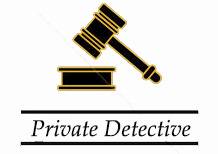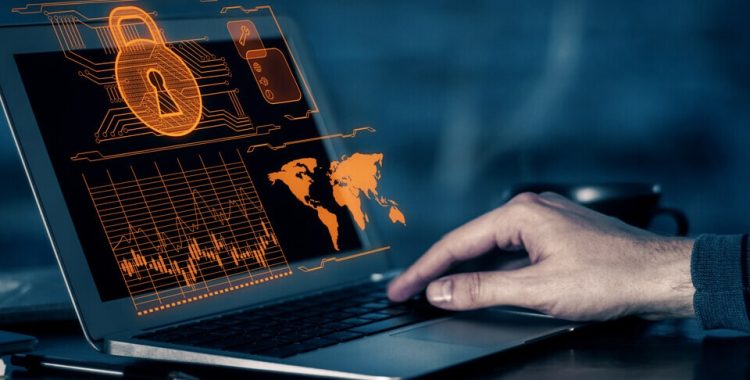Computer analysis in the investigation
Computer analysis in the investigation: The defendant Qasim is charged with receiving and possessing child pornography. A thorough computer analysis in the investigation revealed that file-sharing software (LimeWire) was utilized to distribute child pornography. A warrant for the search was issued to take a computer as well as evidence linked to a specific Internet Protocol address assigned to the residence of the defendant. In the course of the search and computer analysis in the investigation, the defendant admitted to having “inadvertently downloaded child pornography” and that ” ‘bad stuff could be found in the ‘z’ folder. When charges were brought in the case, an expert in computer forensics from a private detective in Pakistan or a detective agency in Pakistan admitted to trial that he discovered “72 pictures and videos depicting child pornography in a subfolder entitled ‘z,’ located within the iTunes folder. In the defense case, her sister her boyfriend, and a friend also testified the following “A man named Rameez” was a resident of the house “but vanished after” learning about the computer being confiscated. The boyfriend admitted that the boyfriend “had personally observed Rameez searching for and downloading child pornography onto the computer.” The id of Rameez could not be located.
The defendant also offered an excuse for the duration when the downloads were made of child pornography. What is the best way for computer forensics or computer analysis in the investigation through a private detective in Pakistan or private investigator in Pakistan to be used to defend this case? In rebuttal, the Government brought back the forensic examiner who testified on the actions of the computer user before as well as after downloading the pornography. He testified to the jury that, based on his investigation of a private detective in Pakistan or private investigator in Pakistan, “whoever was using the computer at the time the child pornography was downloaded had also accessed Qasim’s PayPal account, used Qasim’s American Express card, logged onto his email account, and sent emails to people associated with Qasim, suggesting that it must have been Qasim himself.” Id. Computer forensics also provided details about the user’s actions. In defense, the defense offered counter-evidence by the man who “testified that a list of passwords and user names for various password-protected websites was kept next to the computer, suggesting that anyone using the computer could have accessed these sites. The jury convicted the defendant of two receipt counts as well as one possession charge; however, they acquitted him of only one of the receipt counts. The convictions were upheld upon appeals.
The Qasim case illustrates how computer forensics or computer analysis in the investigation from a detective agency in Pakistan or a private investigator in Pakistan assisted in responding to the defense’s claim that a different user was the one responsible for the pornographic material for children discovered on the computer that was seized. If there was no further investigation of the evidence provided by electronic means, jurors would be unaware of the activities in the system. This case emphasizes the need to employ a private detective in Pakistan or a private investigator in Pakistan to address specific aspects of the case as well as the significance of electronic evidence in proving and confirming theories. Found in each category. For example, when it comes to photos stored on a mobile cell phone, the prosecutor could be looking for information about the date and time that the picture was taken and where the picture was captured (if the background can be identified or in the event that G.P.S. information is included in metadata) the cameras or devices were used to capture the image, which the picture was sent, and, of course, the person or thing that is being depicted. There are several efficient ways to present evidence to jurors.
Certain prosecutors provide evidence electronically through private detectives in Pakistan or private investigators in Pakistan, while others print relevant information after computer analysis in the investigation and then present it into a three-ring binder. With regard to the various kinds of evidence and methods of presenting the information, this article concludes with a few general observations regarding the technical aspects of computer and cell phone evidence. Conclusion While juries and judges are getting more technologically adept in their use of technology, cell phones, and computer forensics aren’t commonly comprehended. It is essential to spend time with the examiner in order to comprehend how the examiner utilized and how the relevant information you’ll use in the trial was constructed and stored. You must also collaborate with a private detective in Pakistan or a detective agency in Pakistan to figure out the most effective method to present the details to the jury. A good strategy can be to have the judge present the technical details like he is sitting at the table and speaking to his less technically minded aunts and uncles. With these imaginary uncles and aunts in mind, you can explore the examiner’s possible metaphors that can aid the judge and jury in comprehending the evidence.

